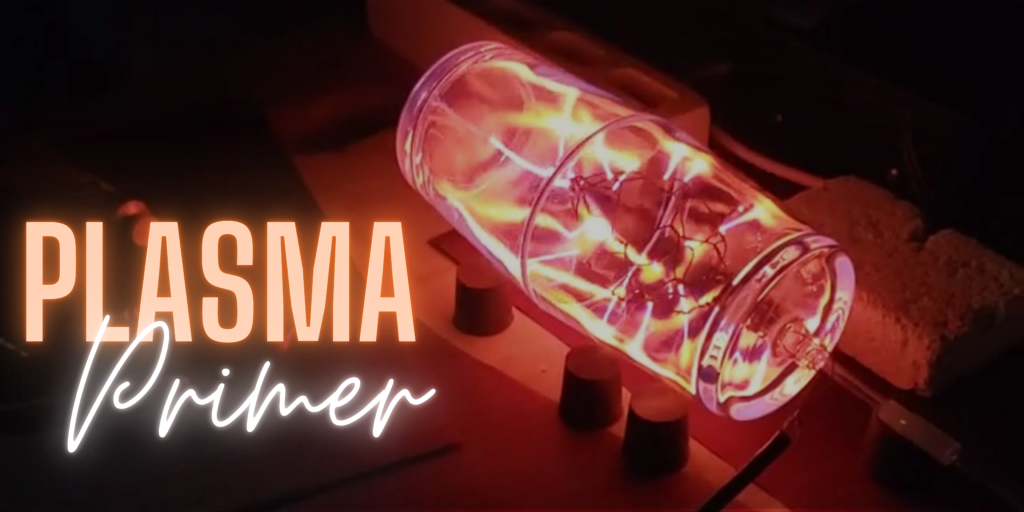Hello Lightning Tamers!
When I produced Episode 10: Light up your World with Plasma, it was my initial attempt to convey what I’ve learned about Plasma. Admittedly it was way too early for me to try to teach what little I understood. And so I continue to update and improve on how to share this information.
The ongoing collaboration with GEEX, The Glass Education Exchange, has helped with discussing the pile of information, thoughts, and theories I’ve compiled, and acknowledging the importance of peer discussion as an underutilized part of the process.
In this update, I’ve rewrote this post for the Beginner to provide a Guide for Basic Electrode Attachment.
The easiest place to start with adding electrodes to your pieces is to use Neon Electrodes made with compatible glass. These are still quite available for purchase, and well a majority of the time you’ll be using an electrode to send power to your pieces.
Tools
Oxy-Propane Hand torch or Neon Splicing Torch
Nortel Ranger Hand torch. Nortel Mid ranger hand torch, National Hand Torch
| Tubulate Weld This method is easiest entry point for this process.In the Hot Shop, this is done by creating a long thin neck or tube on your vessel and annealing. After it has cooled you can score and cut down the neck to your desired length.Then you can slowly heat the glass and electrode to stick and blow. This approach gives you ample time and positioning to attach your electrode, though you will have to deal with the tube sticking out of your piece. |
*Also note I highly recommend reannealing the piece for structural integrity.
Another demonstration of a Tubulation Weld by Harry “Hot Hands” Schwarzrock.

Direct Welding
In this method you’ll attach your electrode using a blow hose by heating both the opening on your piece and the electrode with a torch.
Then you’ll stick and blow to create an even transition between the two glass.
This can be done while the piece is on the steel (pipe/punty) on the final heat or after it has been knocked-off as demonstrated in the video.
You will typically only get one-shot, so relax, take your time, and make it count!
*In Flameworking you will NOT need to make a long thin tube or neck in your vessel due to having ample control and thermal resistant properties of your glass.










